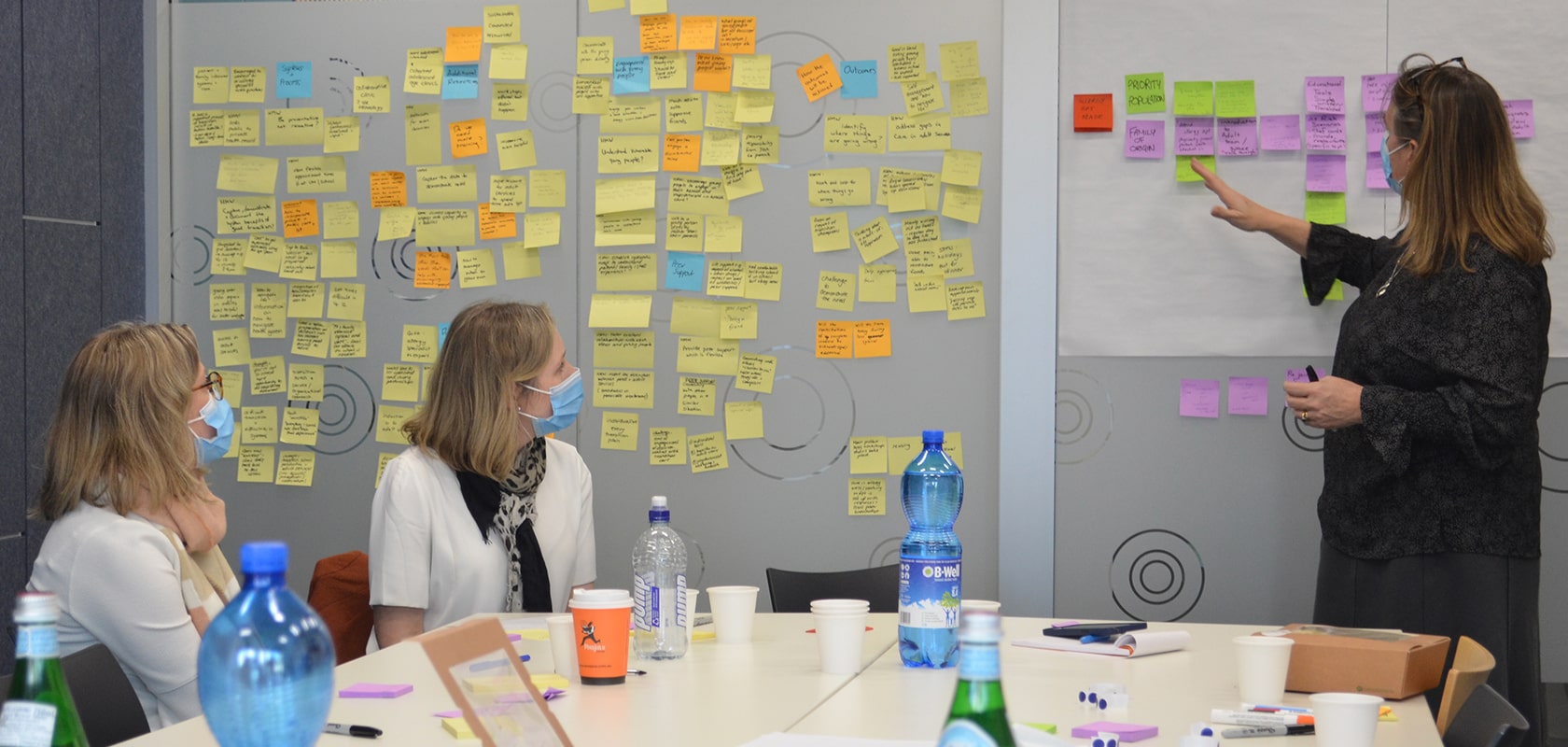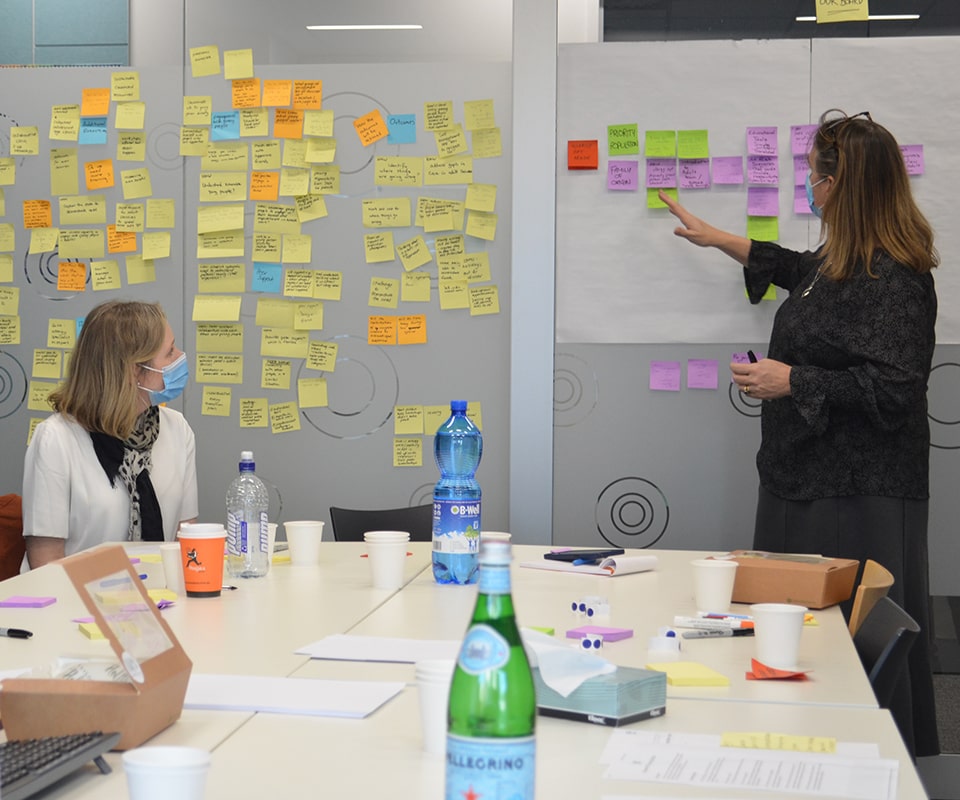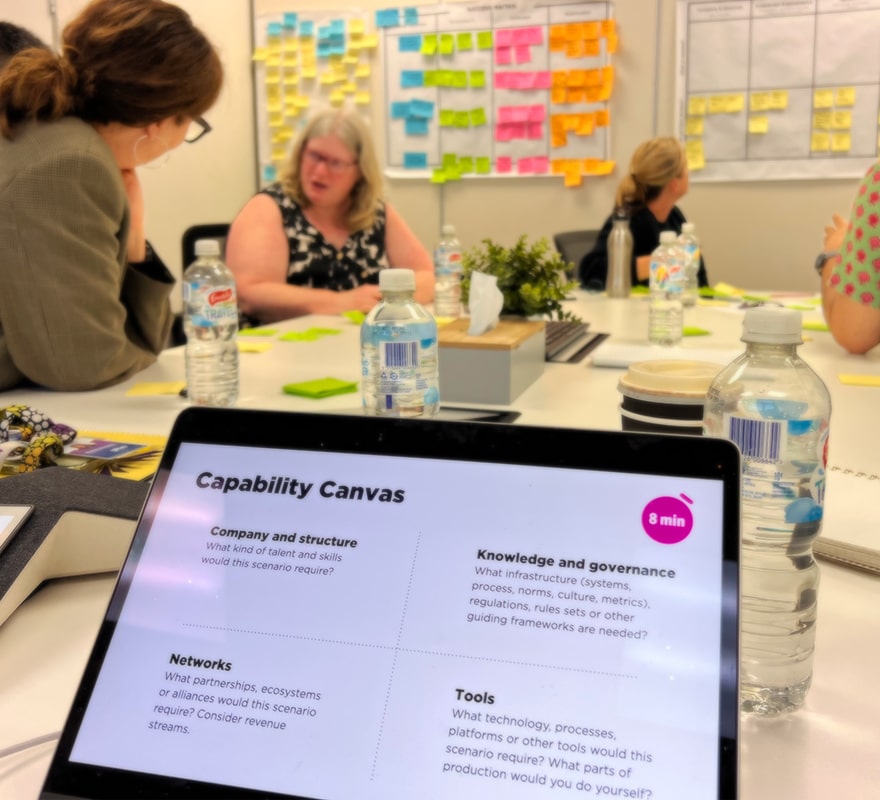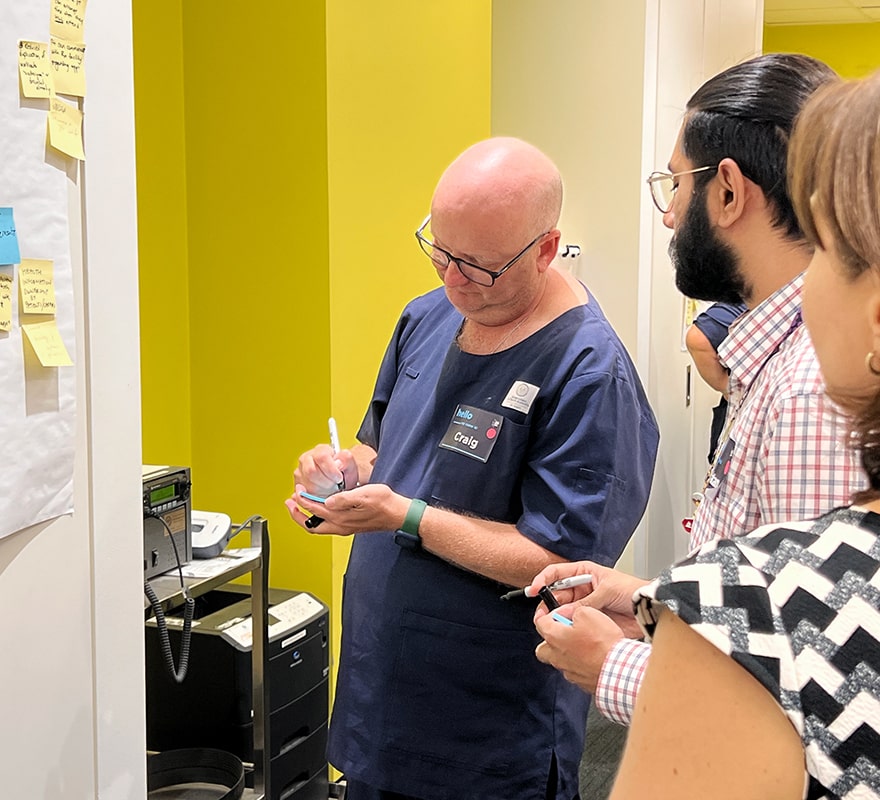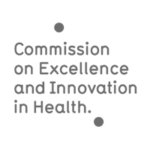More Space for Light became embedded into the CEIH team over a period of 12 months to build capability for creative and critical thinking for complex problem solving across the agency as well as support CEIH’s partners in the SA Health ecosystem. This was achieved through enabling people to support workshops for CEIH’s ecosystem, one-on-one coaching, and design thinking learning programs.
More Space’s adaptability and agile methods came into play significantly during the program. Healthcare stakeholders are time-poor and often unable to participate in collaborative design processes. To achieve great outcomes a combination of remote, hybrid and in person interactions were designed. People were able to participate and contribute throughout without compromising the integrity of programs or outcomes.
The other part of the program involved More Space working on the set-up of an innovation pipeline. This type of resource can typically create tension in enterprise organisations, in regards to its impact on existing business models. More Space asked the right questions, helped CEIH establish who the stakeholders were and what they needed, and worked out the value proposition they needed to have at each stage including the partnerships needed. Figuring out how the team would enact change and the process behind it all was also key in the pipeline’s successful set up and execution.
